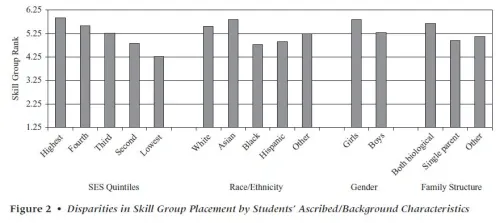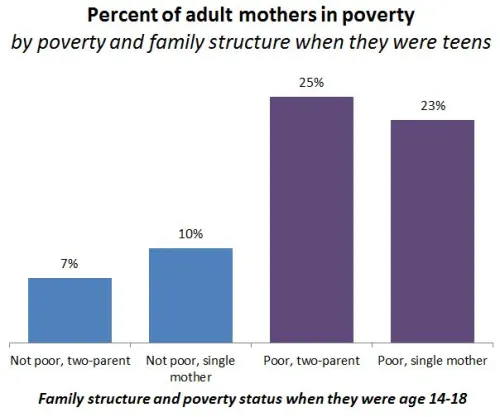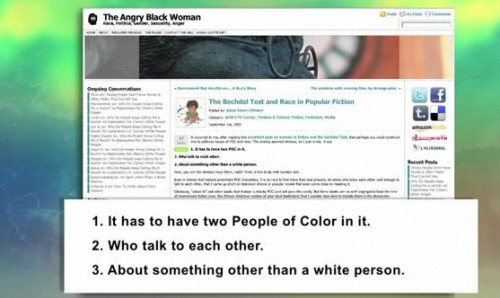At The Color Line, sociologist C.N. Le highlighted an instance in which racist language was used in reference to pro-basketball player Jeremy Lin. A headline at ESPN read, “Chink in the Armor.” “Chink” is a term used to denigrate the Chinese and Asians more generally.

Le observes astutely that the word likely wasn’t meant as a slur, but instead a pun. And, in fact, ESPN “quickly and decisively” took action, changing the headline, firing the person who wrote the headline, and suspending a sportscaster who repeated the phrase.
Instead of outright racism, Le suggests that the appearance of the word is symptomatic of a (false) belief that we’re in a colorblind post-power society. In this society, every group is on equal footing, so making fun is just equal opportunity offensiveness; it may be off-color, but it’s all in good fun (think of South Park as an example). The approach assumes that slurs like “chink” are no more harmful than slurs like “cracker.”
Le was disappointed to see that this kind of ongoing insensitivity to real power differences remains, but pleased to see ESPN react so swiftly and strongly to it.
—————————
Lisa Wade is a professor of sociology at Occidental College. You can follow her on Twitter and Facebook.













